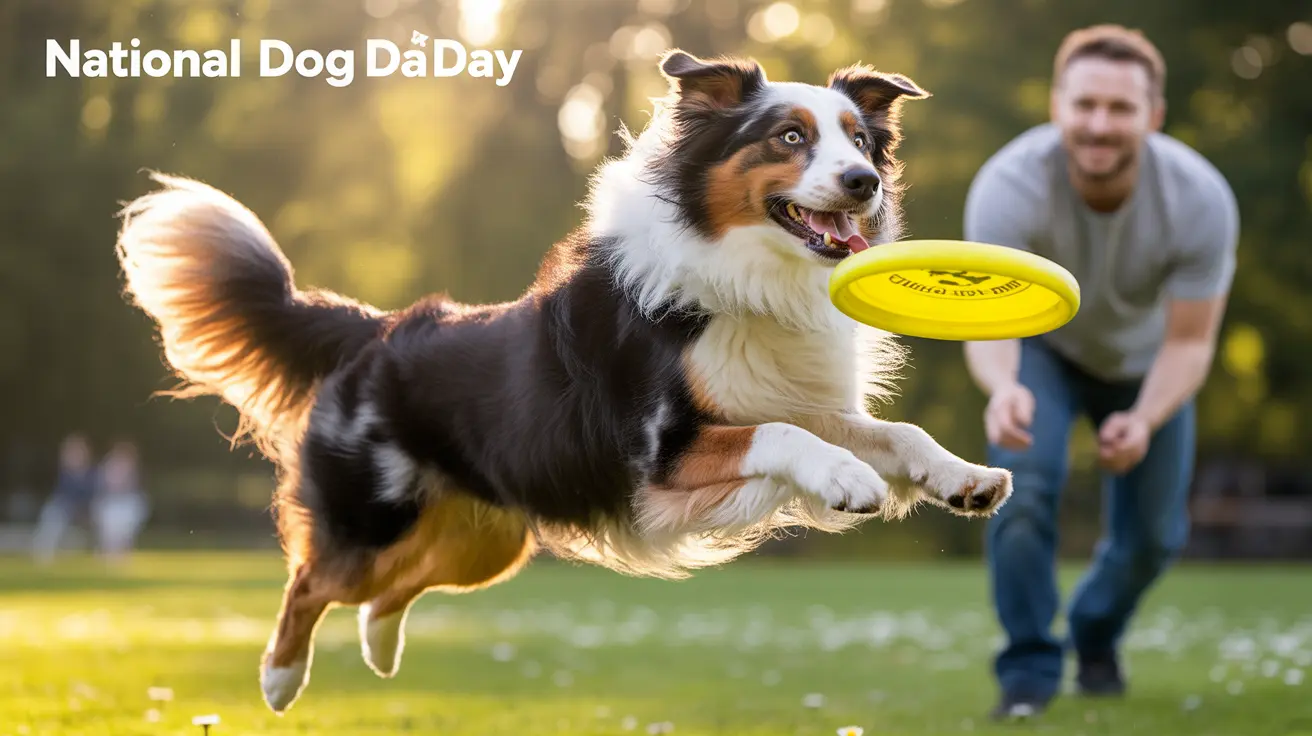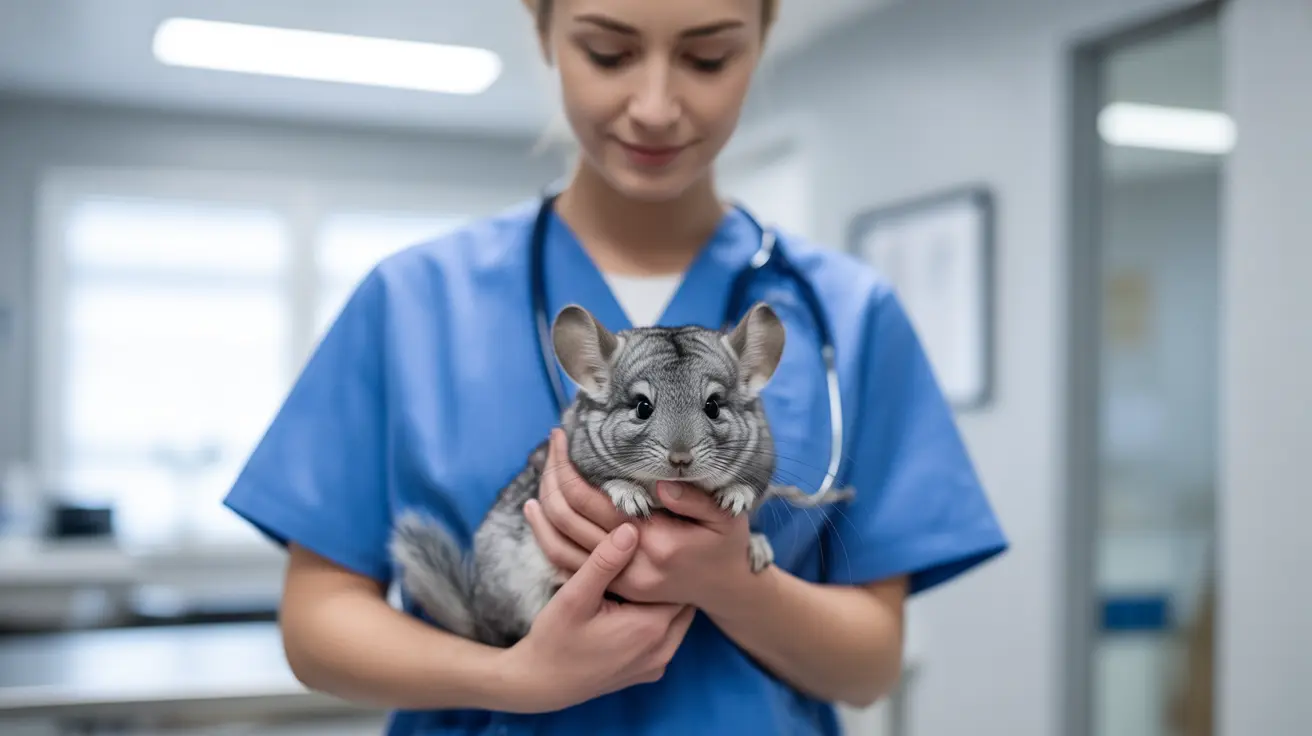The Bolognese Dog: A Gentle Companion from Italy
The Bolognese is a rare, charming toy breed that traces its roots to the city of Bologna in northern Italy. This ancient companion dog stands out for its distinctive all-white, fluffy coat and serene personality. If you're searching for a loyal friend who thrives on human companionship and fits well into many lifestyles, the Bolognese might just be your perfect match.
Origins and History
This breed's story stretches back centuries. References to the Bolognese and its ancestors appear as early as the 11th and 12th centuries. Named after Bologna, it quickly gained favor among Italian nobility and aristocrats. In fact, you’ll find these dogs immortalized in historical artwork—often depicted as treasured gifts exchanged by royals. Notable owners included Madame de Pompadour, Catherine the Great of Russia, and Maria Theresa of Austria. Despite periods when their numbers dwindled dangerously low, dedicated enthusiasts in Italy and elsewhere managed to preserve and revive this elegant little breed.
Physical Characteristics
- Size: Adult males stand about 10–12 inches (25–30 cm) at the shoulder; females are slightly shorter.
- Weight: Typically between 4–13 pounds (2.5–6 kg).
- Build: Compact, squarely built—sturdy yet refined.
- Coat: Long, fluffy single coat with a cotton-like texture; always pure white (sometimes with very light ivory shading).
- Eyes: Dark and round; expression is calm and attentive.
Their coat doesn’t shed much but can mat easily if neglected. Regular brushing is essential to keep it tangle-free and healthy. Most owners avoid trimming or clipping except around the eyes for cleanliness.
Personality and Temperament
Bolognese dogs are best described as gentle, affectionate, intelligent, and loyal. They form strong bonds with their families—often following their people from room to room just to be close by. While they can be reserved or shy with strangers at first, proper socialization helps them warm up quickly. Their sensitivity means they're happiest when they’re not left alone for long periods; separation anxiety can become an issue if they're isolated too much.
- Calm yet playful
- Tend to get along well with older children and adults
- Sociable with other dogs; early socialization helps them adapt to multi-pet households
Their intelligence makes them responsive to positive reinforcement training (think treats or praise), though they sometimes show a stubborn streak. They’re not usually excessive barkers but will alert you if something seems amiss.
Care and Grooming Needs
Caring for a Bolognese’s signature coat takes dedication:
- Brush several times per week to prevent mats.
- If kept in full coat, consider professional grooming every few weeks—or trim hair to about one inch for easier maintenance.
- Clean around the eyes regularly to prevent tear staining.
Their minimal shedding makes them appealing for some allergy sufferers (though no dog is truly hypoallergenic). Don’t forget routine ear cleaning, nail trimming, and dental care—small breeds like this are prone to dental issues due to crowded teeth.
Lifestyle and Exercise
Bolognese are low-energy but still need daily walks or gentle play sessions. They enjoy mentally stimulating games like hide-and-seek or learning new tricks. Their adaptability means they do well in apartments as long as they aren’t left alone too much—they want to be where you are! Whether you live in the city or countryside, this breed adjusts well provided it receives attention and affection.
Nutrition
A high-quality diet tailored to their age, size, and activity level keeps them healthy. Because small breeds gain weight easily if overfed or under-exercised, measure meals carefully and go easy on treats. Kibble designed for toy breeds suits their tiny mouths best.
Health Considerations
- Lifespan: Usually 12–14 years (sometimes longer)
Bolognese are generally healthy but may face certain issues common among small breeds:
- Patellar luxation (kneecap slips out of place)
- Cataracts or progressive retinal atrophy (eye disorders)
- Dental disease due to crowded teeth
- Occasional Legg-Calvé-Perthes disease (hip joint issue)
Mild skin sensitivities or allergies sometimes occur too. Responsible breeders screen for genetic problems; regular veterinary care helps catch any concerns early.
Bolognese as Family Pets
This breed is ideal for people who can spend lots of time together—retirees or those working from home often find them wonderful companions. While they’re gentle with older children who know how to handle small dogs respectfully, supervision is key around younger kids due to their delicate build. They usually coexist peacefully with other pets if introduced properly from an early age.
The Essence of the Bolognese Dog
If you want a devoted friend who’ll stick by your side through thick and thin—and don’t mind putting in some grooming effort—the Bolognese offers steadfast loyalty wrapped in a cloudlike white coat. Their calm demeanor suits quieter households seeking companionship without high exercise demands. With proper care and plenty of love, these little Italians make delightful lifelong friends.





